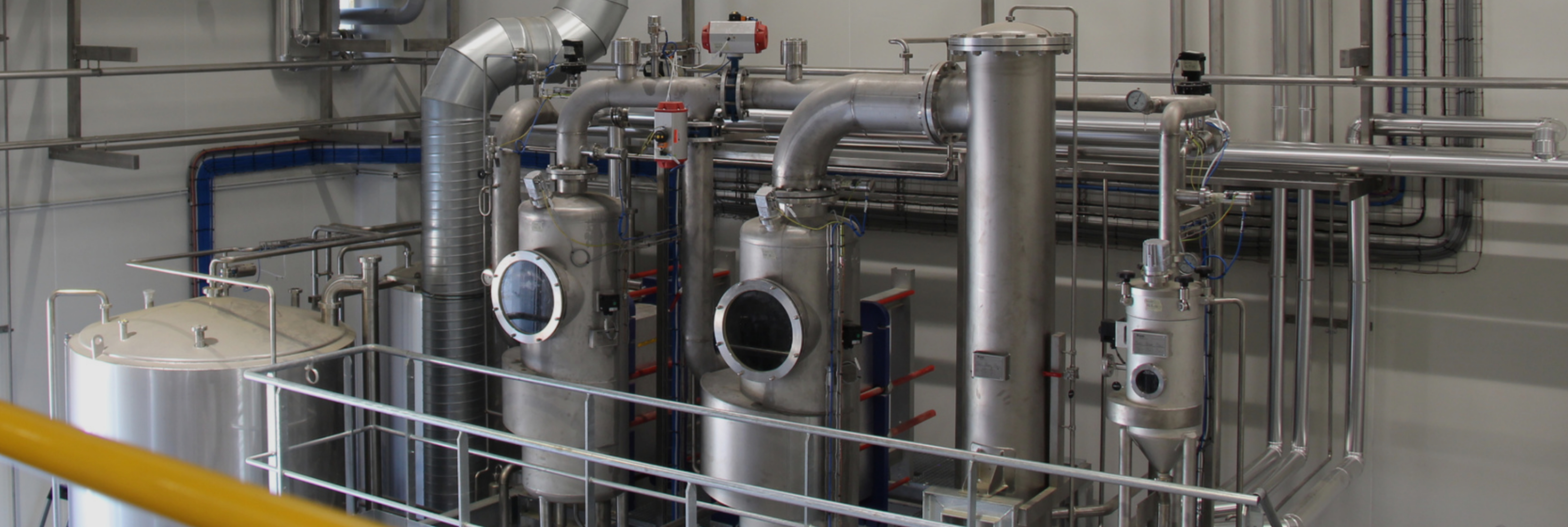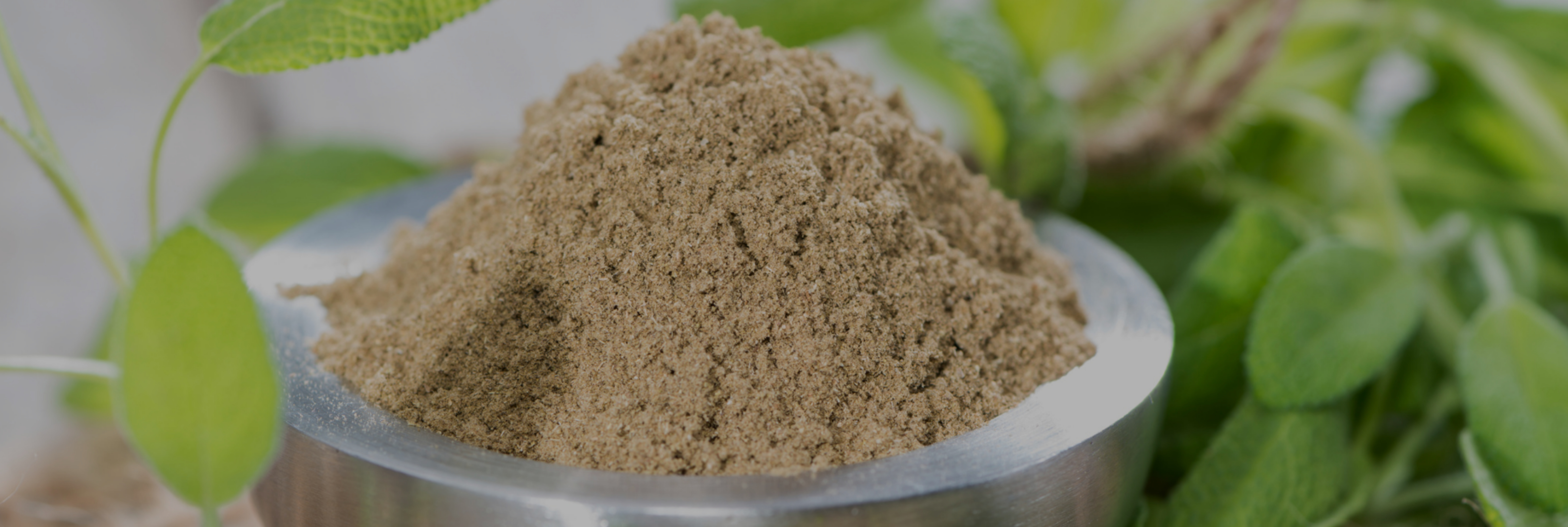The seasonal nature of plants holds the market together. Designing a product line continually evolves throughout the year while following the seasons. In January, clients seek products to help with digestion or to start a slimming cure and in September the client goes towards products to fight off the first colds, to boost immunity and vitality.
But the question is:
When developing a new product made from botanical ingredients, it must be kept in mind that the steps between harvesting the plant raw material and provisioning can take several months.
All the processing steps (drying, cutting, cleaning, etc.) are to be taken into account in view of seasonality time limits.
In this manner, an autumn plant harvested in October will become available several months later.
Take the example of ginseng: this essential autumn plant raw material harvested in September in China, which aims to boost the immune system, will only be available in Europe from December.
Here are some explanations on the pathway of your botanical ingredients:
Working with plant raw materials implies following the seasonal cycles to determine when to harvest each plant. To this constraint must be added the time delay necessary to process and analyse the plant to offer an ingredient with all its intrinsic qualities.
The starting point is of course the harvest and it’s nature which decides on when to pick the raw material. You need to be patient and attentive.
At the time of harvest, plant samples are regularly taken and analysed to obtain representative products using titration to enable qualifying the batch.
This long and accurate step is essential because your botanical ingredients depends on it. Once the batch is qualified, the time to be supplied needs to be taken into account.
Learn more about the issues related to the seasonal nature of plant raw materials.
Once the raw material has been received, it’s processing time for the ingredient selected by the client: cleaning, drying, sorting, cutting, grinding, debacterisation, extraction and so forth.
Preparation time can take several weeks.
Analyses are carried out at different steps of the processing on samples taken at the time of harvest in order to select batches, upon receipt of the raw material prior to production and sometimes even following production.
Here's how we ensure the quality of organic ingredients.
Finally, the ingredient can be delivered to the client who will in turn process it to make a final product ready to be used by the end consumer.
Every step needs several weeks or even months which must be taken into account at the very first step of the development process of the new products.
It’s up to us professionals to respect the seasons and to find the opportune moment to offer the best of nature to consumers. We then need to adapt and anticipate picking and processing the treasures nature offers to us.
That’s why experience and a deep knowledge of plants are the only guarantees to keep the freshness and principle actives along with the organoleptic properties of plant raw materials.
Discover all our natural ingredients on our e-platform!
Purchasing Manager





Leave a comment